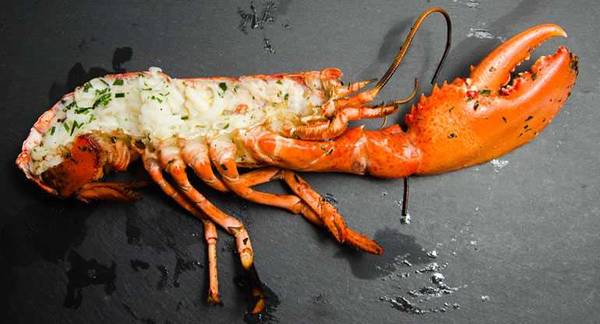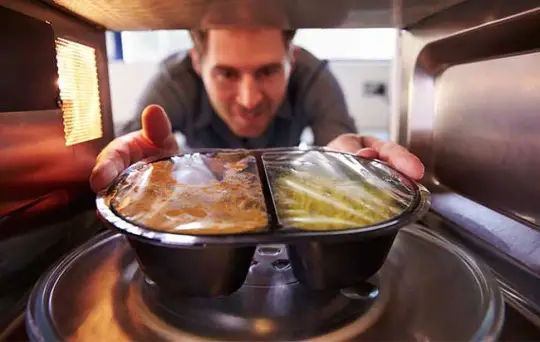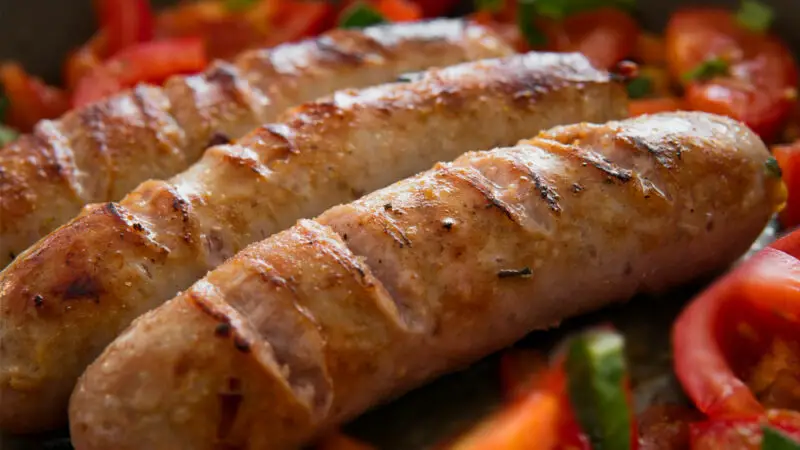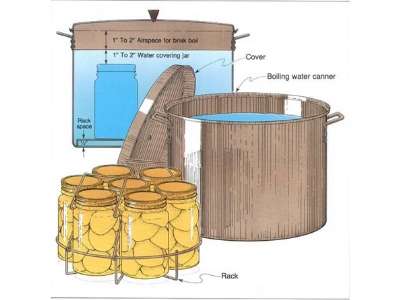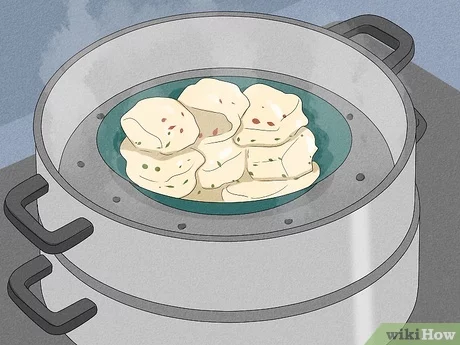Frequently Asked Question: What is the Black Substance Inside a Cooked Lobster?
If you have ever enjoyed a delicious lobster dinner, then you might have encountered the black substance that’s found inside its body. Many people wonder what this mysterious material is and whether it’s safe to eat. In this article, we will explore the myth and confusion surrounding lobsters, understand their anatomy, and explain what the black substance actually is, whether it has any nutritional value, and whether it poses any health risks. Additionally, we’ll delve into the history and cultural significance of lobsters, as well as provide cooking tips to make sure that this delicacy is enjoyed to the fullest potential.
The Myth and Confusion Surrounding Lobsters
Lobsters are one of the most misunderstood creatures of the sea. Many people assume that they are scavengers or bottom-dwellers that live off of rotting fish carcasses. However, lobsters are actually predators that hunt for live prey such as crabs, fish, clams, mussels and even other lobsters.
Along with these misconceptions, there is also confusion around some of their body parts. For example, some people think that the large claws on a lobster contain all the meat. Others believe that lobsters have a poisonous tail.
The origin of the myth surrounding the black substance in lobsters goes back centuries. People used to believe that it was either excrement or waste material from filter-feeding activities. This belief was based on incorrect knowledge about how a lobster eats.
Understanding the Anatomy of a Lobster
To understand why there is a black substance inside a cooked lobster, it’s necessary to delve deeper into its anatomy. The digestive system of a lobster is located in its cephalothorax (head and thorax) and the first part of its abdomen. This digestive system includes the stomach, which is made up of three main parts: the cardiac stomach, the pyloric stomach, and the digestive gland.
A lobster feeds by capturing prey in their claws and grinding it up using their mandibles. The food then passes through their esophagus into their cardiac stomach. Here, it is moistened and mixed with digestive enzymes before being passed on to the pyloric stomach. In this second chamber, further digestion takes place where most of the nutrients are absorbed into the lobster’s body. After this stage, any indigestible material such as shells or other hard bits goes to another section of the stomach known as the gastric mill.
The gastric mill contains six calcified structures, called teeth-like structures, that grind up the indigestible particles into smaller pieces that can be easily eliminated from the body. In essence, lobsters have an internal grinder in their bellies that helps them break down and digest food!
The Black Substance Inside a Cooked Lobster Explained
Now that we know more about how lobsters eat, we can understand what that black stuff is inside their bodies. This black substance is actually a combination of two things: undigested food particles (such as small pieces of shell or algae) and waste material (fecal matter) that has passed through the digestive system.
The presence of fecal matter in a cooked lobster can be off-putting to some people. However, it’s essential to remember that this material poses no threat to human health; most animals produce waste that needs to be excreted. Additionally, if you think about it, removing these “unappetizing” bits would mean removing many essential nutrients such as fiber from your meal!
Does it have any nutritional value?
While it may not look very appetizing, the black substance inside a cooked lobster does contain some nutritional value. For instance, fecal material contains various proteins and enzymes that your body needs.
Health & Safety Concerns
The black substance inside a cooked lobster has no significant health risks to humans if consumed. However, there are some food safety precautions that need to be taken when handling lobsters in general.
- Lobsters should be alive when you buy them; if a lobster is dead when you purchase it, do not consume it as it may have been dead for too long and bacteria could have grown on it.
- Lobsters should be cooked thoroughly before consumption, and the internal temperature should exceed 140°F (60°C).
- When handling live lobsters, wear gloves to protect your hands from getting cut or scraped by the sharp edges of their shells.
History & Cultural Significance
Lobsters have long been considered a delicacy in many cultures and regions around the world. According to ancient folklore, lobsters were considered food for the poor because they were so abundant along the coastlines. However, with their unique sweet flavor and delicate texture, they quickly became a sought-after delicacy by wealthy people too. Today, lobster fishing is a multibillion-dollar industry in countries like the United States and Canada where they are abundant.
Cooking Techniques for Lobster
If you’re cooking a lobster at home, there are several cooking techniques you can use:
- Boiling: The most common method used to cook whole lobsters is boiling them in salted water for about 10-12 minutes.
- Steaming: An alternative method to boiling is steaming, which cooks the lobster similarly but without immersing it in water. This method is preferred by some chefs as it helps retain the flavor and texture of the meat.
- Grilling: Grilling lobster tails or halves can be a delicious way to prepare them. Brush them with oil or butter and cook them for around six to eight minutes, turning once halfway through.
When preparing lobsters, it’s important to cook them thoroughly as undercooked lobsters can contain bacteria that could pose health risks if consumed. You should also ensure that you handle the lobsters with care, particularly when removing any of the creature’s appendages as they are sharp and pointy.
Frequently Asked Questions
Throughout this article, we have discussed many frequently asked questions regarding lobsters. Here’s a quick overview of some more common ones:
- Do lobsters feel pain? There is no conclusive scientific evidence to determine if lobsters feel pain in the same way that humans do.
- Can you eat the green tomalley inside a lobster? The green tomalley is actually the organ that serves as a liver in a lobster and is safe for consumption.
- How long does it take to cook a lobster? It takes about 10-12 minutes to cook a whole lobster thoroughly.
Conclusion
In conclusion, despite its off-putting appearance, the black substance inside a cooked lobster is entirely safe to consume and has nutritional value. Lobsters are remarkable creatures with finely tuned digestive systems that allow them to break down and digest food efficiently. They are also a delicious and valuable food source with significant cultural significance, particularly in coastal regions. Remember to use caution when handling lobsters and cook them thoroughly for optimal health and safety.
What is the black substance inside a cooked lobster?
The black substance inside a cooked lobster is actually the lobster’s hepatopancreas, also known as the tomalley. It’s function is to aid in digestion and absorption of nutrients.
Is it safe to eat the black substance inside a lobster?
Yes, the tomalley is safe to eat and is considered a delicacy in some cultures. However, it should be consumed in moderation as it contains high levels of cholesterol.
Why does the tomalley turn black when cooked?
When cooking a lobster, the heat causes the tomalley to oxidize, turning it from a greenish-grey color to black.
Can you use the tomalley for cooking?
Yes, the tomalley can be used as a flavoring agent in dishes such as soups and sauces. However, it should be used sparingly due to its strong taste and high cholesterol content.
